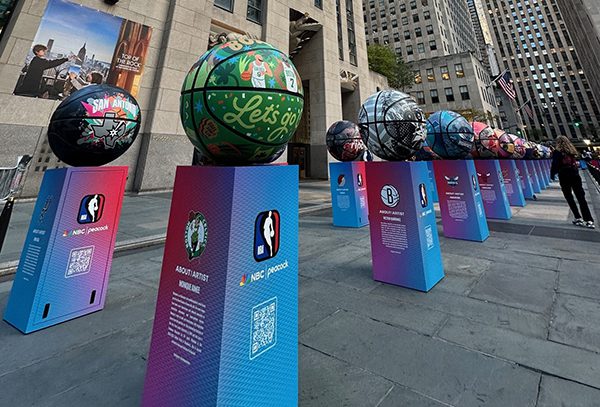If electronic newsletter and e-mail efforts have seemed a bit off recently, there may be solace in numbers: Both open rates and click-through percentages fell in first-half 2006 from the second half of 2005, and from first-half 2005’s levels, according to a new study.
There are several potential reasons for this: Yes, targets may be overwhelmed, or e-communication’s allure may be thinning a bit. But the decline in open rates, which began in late 2004, mirrors an increased use in e-mailbox options that disable automatic image downloading. Preventing images from being downloaded in an HTML message also foils a counting mechanism.
In turn, this prevents a message from being reported as “opened,” according to MailerMailer LLC, which conducted the study.
Here are the hard facts: Open rate have slipped, slightly, from 19.8% during the second half of 2005 to 19.1%. And they’ve taken a somewhat more substantial slip from 20.77% in the first half of 2005. Click-through rates dropped in a similar pattern, from 3.6% in first-half 2005, to 3.3% in second half of that year, to 3.28% during the first six months of 2006.
Message open rates varied greatly based on the sender. Communications from government; religious/spiritual; transportation and travel; and banking and finance organizations garnered open rates of around 33%. Conversely, entertainment; education and training; computer and Internet; and wholesale and distribution-related communiqués failed to achieve open rates above 15%.
Click-through rates fell along similar lines. Banking and finance; religious and spiritual; and transportation and travel messages all saw click-throughs in excess of 6%, mirroring their open rates. But computer and Internet-related messages, which were among the poorest-performing messages in terms of opens, were also among the highest in terms of click-throughs. Throughout the study, click rate calculations excluded those e-mails that did not contain clickable links.
While MailerMailer does not hazard a guess why these changes have occurred, reasons could include anything from poorly designed subject lines to an overuse of images, which – as indicated above – would artificially depress open rates of otherwise relevant messages.
Regarding subject lines, MailerMailer found that messages with shorter subject lines were substantially more likely to be opened. Those with subject lines in excess of 35 characters saw open rates of 16.93%, while those with shorter subject lines generated open rates of 24.02%. Click-throughs reflected these open rates: Messages with shorter subject lines generated 3.84% rates, while clicks for those with longer subject lines were barely over 3%.
Personalization also had an impact on whether messages were opened. Those with personalized subject lines saw open rates of 24.31%, while those with personalized messages were opened 22.2% of the time (while not expressly stated, assumedly recipients would know that their messages were personalized through preview windows.) Those that had both personalized subject lines and messages generated open rates of just over 28%.
The poorest-performing industries, when ranked by click-throughs, include entertainment; telecommunications; wholesale and distribution; and restaurant and food services, all of which were either right at or under 2%.
A few industries are making significant strides in their click-through rates – even though they may not be among the top performers. Media and publishing, real estate and banking and finance messages all saw gains in click rates above second-half 2005’s levels, while retail establishments, consulting and manufacturing mailers experienced declines.
The days of the week e-mail messages were most likely to be opened followed the same pattern in the first half of 2006 that they did during the last half of 2005: hest on Sunday, Monday and Tuesday, lower Wednesday, Thursday and Friday, with an uptick on Saturday.
If messages are going to be opened, a majority – more than 80% — will be opened within 48 hours after delivery. Fewer than 10% are opened four days after delivery.
MailerMailer is an e-mail list management service. The study was conducted among its clients who sent 25 or more messages to recipients between Jan. 1 and June 30. MailerMailer’s report is based on aggregated statistics compiled based on more than 200 million messages sent by a sampling of more than 3,500 permission-based e-mail senders.



